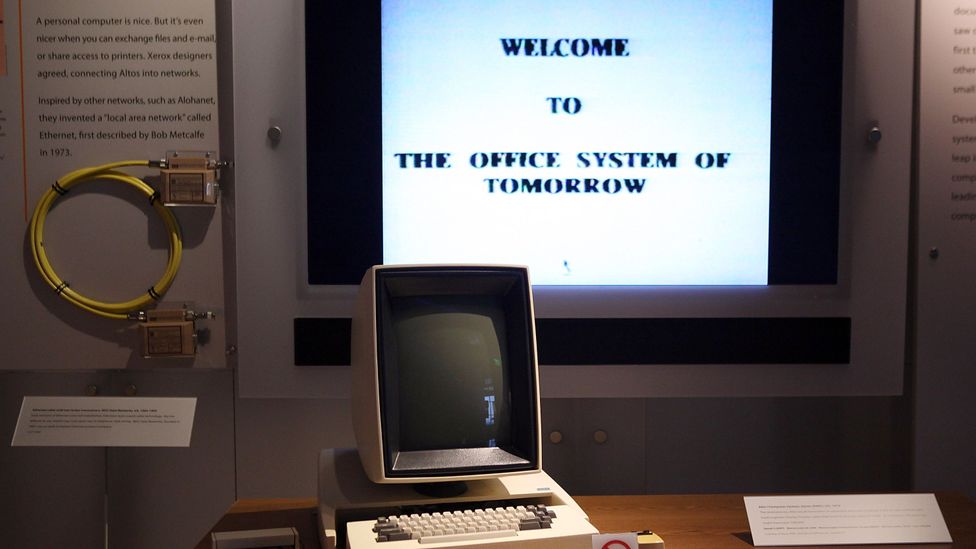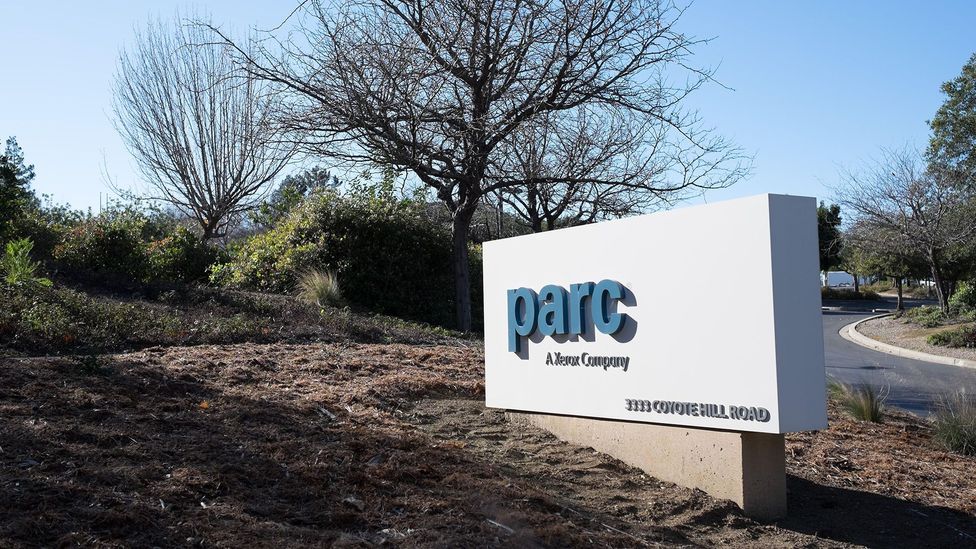If it weren't for a monumental management failure, your computer, tablet or smartphone may well have carried Xerox's logo.
Ad
5 years ago
If it weren't for a monumental management failure, your computer, tablet or smartphone may well have carried Xerox's logo.
Ad

The Xerox Alto was far ahead of its time – but 'competency traps' ensured it was a missed opportunity (Credit: Getty Images)
"Xerox could have owned the entire computer industry, could have been the IBM of the nineties, could have been the Microsoft of the nineties," Jobs later said.
The answer may be a phenomenon known as the 'competency trap', in which a company's entrenched expertise ruins its capacity to deal with a changing and uncertain market.
Ad

If you can run the existing operation while still exploring future opportunities, chances are your company is 'ambidextrous' (Credit: Alamy)
These assumptions about the ways the company operate can become so deeply embedded, the employees are no longer conscious of the tacit rules, he says.
Ad
Ad

Some divisions within Kodak were at the forefront of digital camera technology, but the company chose to focus on film instead (Credit: Getty Images)
"Another factor was the organisational structure, where an upstart division that had yet to show results, had to work alongside the traditional business providing the cash flow and revenue," Goh adds. As a result, the company continued to play it safe while other companies soon steamed ahead with the new technology. "Kodak focused on milking its cash cow – film – and was developing products that were tied to its cash cow."
Ad

Parc has been the home to many inventions we take for granted today – such as the computer mouse and the laser printer (Credit: Alamy)
At launch, the Xerox Alto sold for $32,000 – far beyond most customers' price range.
Ad
Ad